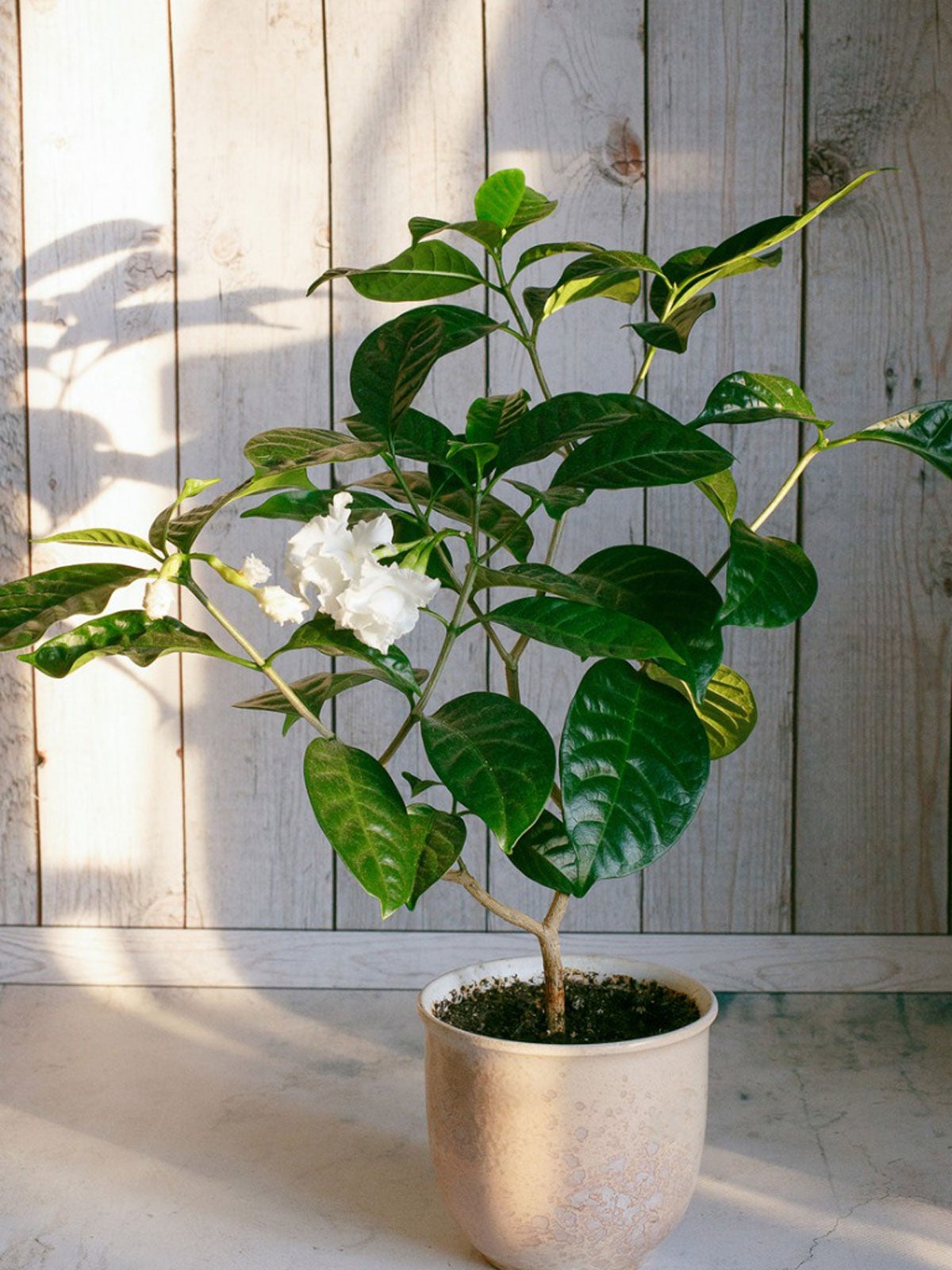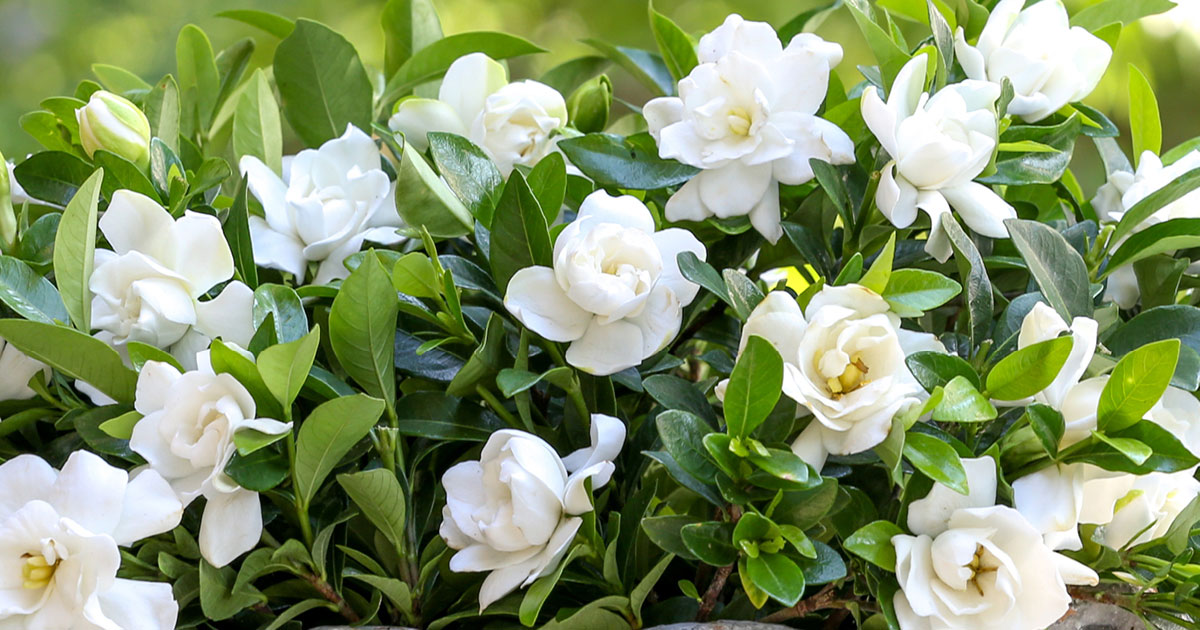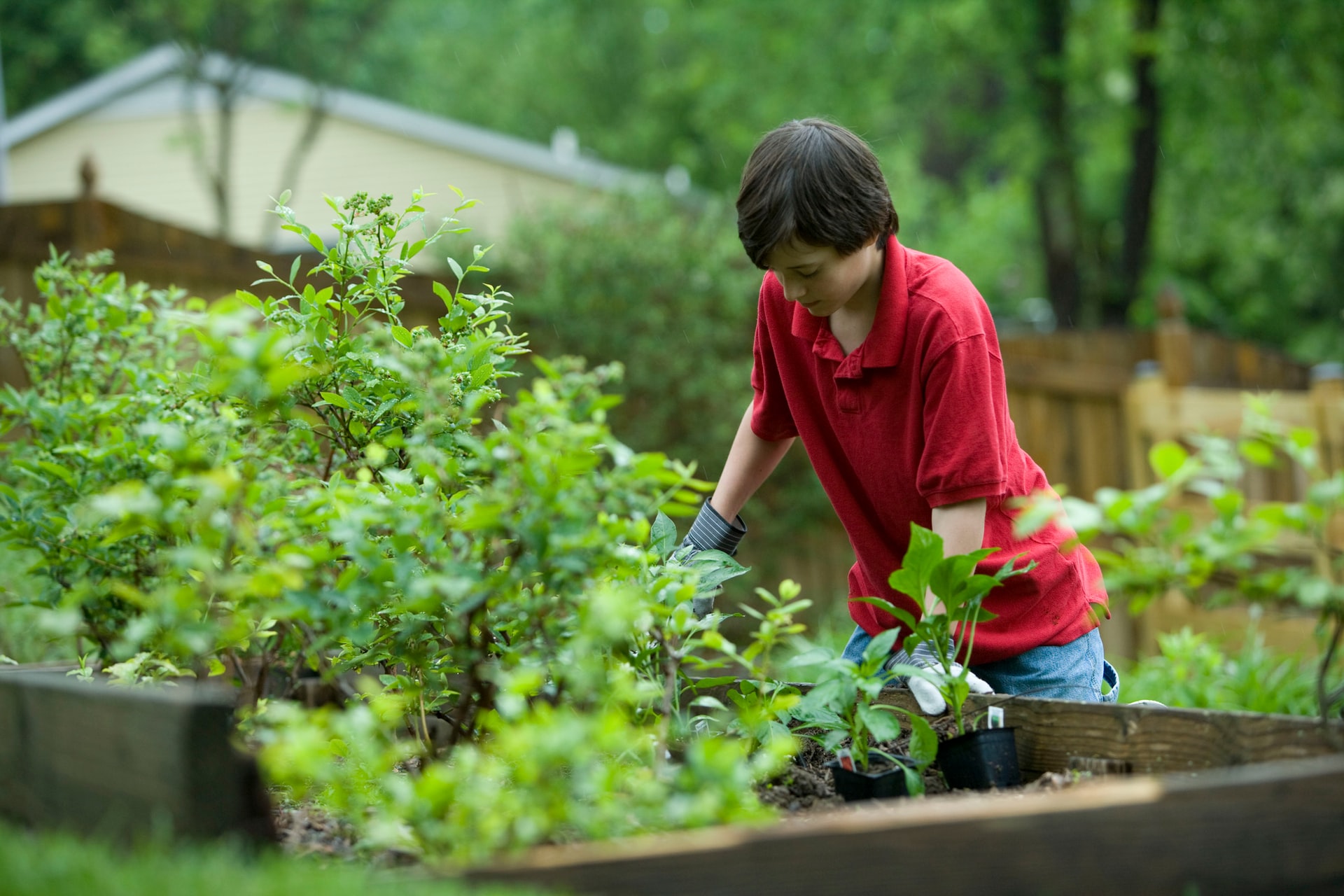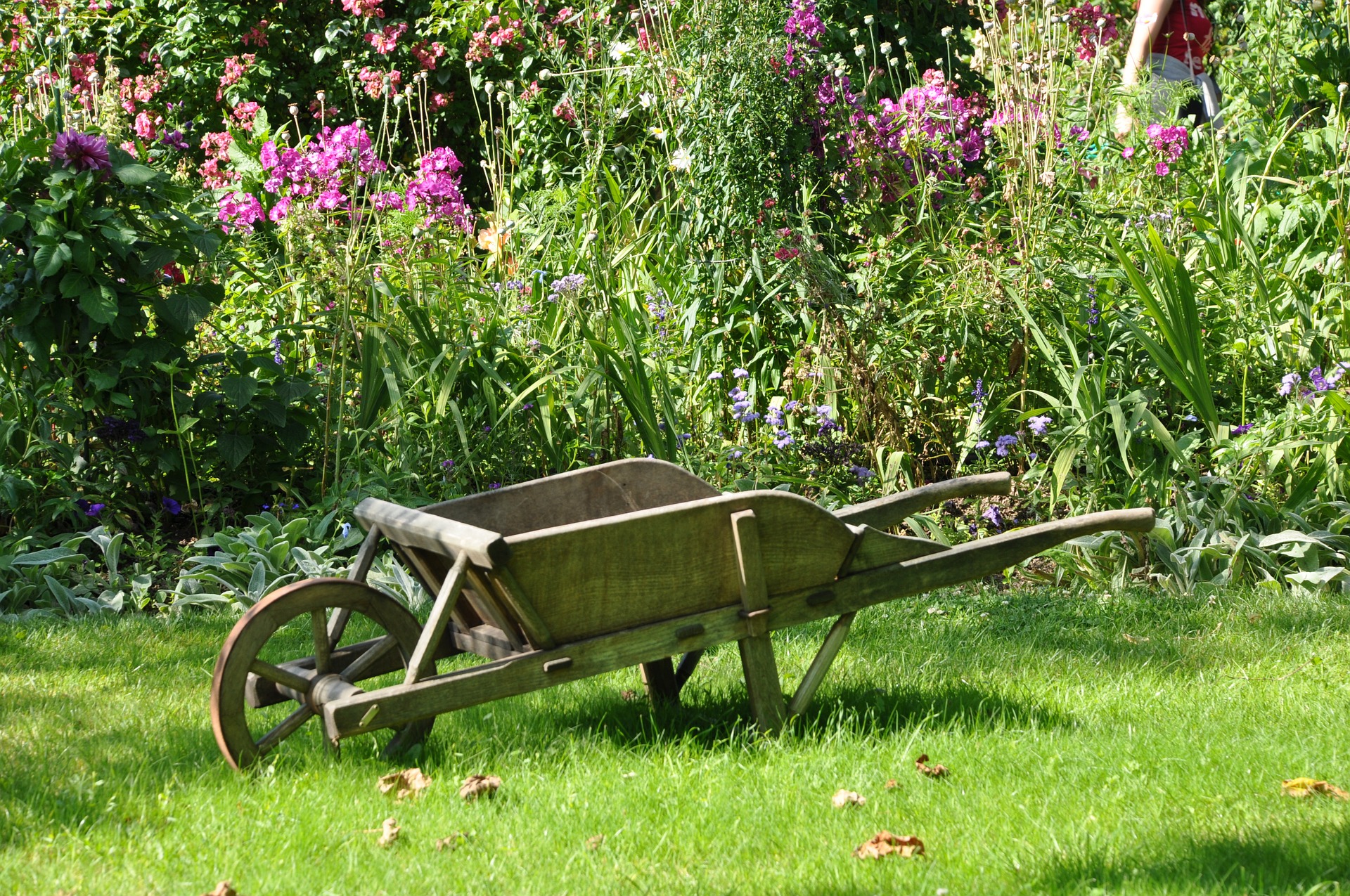Gardenias are famous flowers, loved for their delicate fragrance and attractive, waxy, and creamy-white appeal, which contrasts marvelously with their glossy, leathery dark green leaves. These blooms can look gorgeous in both a garden or a terrace but can also have many uses, like wedding decorations or ingredients in perfumes.

The main species of this kind of plants is Gardenia Jasminoides, also known as Cape Jasmines. And their leading peculiarity is that they can be cultivated in pots, with grafted varieties that respond very well to pruning. In this article, we will discuss the main characteristics and tips we need to grow Gardenias in our garden or pots.
Gardenias’ Properties
The Gardenia is considered a shrub; although well pruned, it can be appropriate for cultivation in pots. All species of this type of flower tend to have vivid green, tough leaves and produce a spectacular bloom. An interesting thing about this group of plants is that these flowers emit a powerful aroma that intoxicates the entire garden.
Within the genus Gardenia, there are 259 species, although practically half of them, 134, have been accepted by the botanical community. It is native to tropical and subtropical regions of Africa, Asia, Madagascar, and some Pacific islands.
In several Asian countries such as China, Japan, and Thailand, it is well adapted and is used as a cut flower and ornamental plant. It is also of great medicinal importance due to some of the active principles present in the flowers.
Tips for Growing Gardenias
Temperature
Gardenias bloom optimally in a specific temperature range between 20ºC and 28ºC during the day and 15ºC at night. Below 15ºC, the plant is sensitive, and its growth slows down, which is why it is a plant for growing in tropical and subtropical areas or as an indoor plant in colder regions.
Humidity
A constant humidity level between 60% and 80% should be maintained in winter and summer. If we grow Gardenias as houseplants in pots, we will have to spray them in the warm season, as the humidity can drop below 60%.
Lighting

We must plant Gardenias in areas with good lighting, although without direct exposure to the sun. At the cultivation level, a minimum of 10,000 to 20,000 lux in full daylight should be guaranteed.
Soil
When preparing the soil in the garden or when choosing a suitable substrate for cultivation in pots, is its acidity. For optimal root development of Gardenias, we must have an acid pH between 5 and 6.
The best soil texture is loam-clay, somewhat heavy soils that guarantee a good accumulation of moisture. With compost contribution, we also guarantee greater retention of humidity, something very favorable for a tropical species like the Gardenia.
Gardenias are species sensitive to salinity, so we must avoid soils with an accumulation of sodium or chlorides or do a previous washing, mainly if, cultivated in pots.
Watering

We must ensure a constant supply of moisture in the soil or substrate. To guarantee this constant humidity, we must water more frequently but with lower doses. In winter, we will water 1 or 2 times per week, and in summer, between 3 and 4 times.
In any case, we should check the soil moisture just before receiving the next watering to help us know if we should apply more water or increase the frequency of application.
Fertilizing
Gardenias are demanding in terms of nutrient supply, and in many cases, they will not be enough with just compost or organic matter. Therefore, to produce adequate flowering in our garden or as an indoor plant, we must provide just before bud break a fertilizer with a 3-1-2 or 3-1-3 ratio in terms of nitrogen, phosphorus, and potassium.
You are now correctly informed to grow your Gardenias successfully! We wish you a happy gardening and don’t forget to leave a comment below if you’ve got anymore tips.


